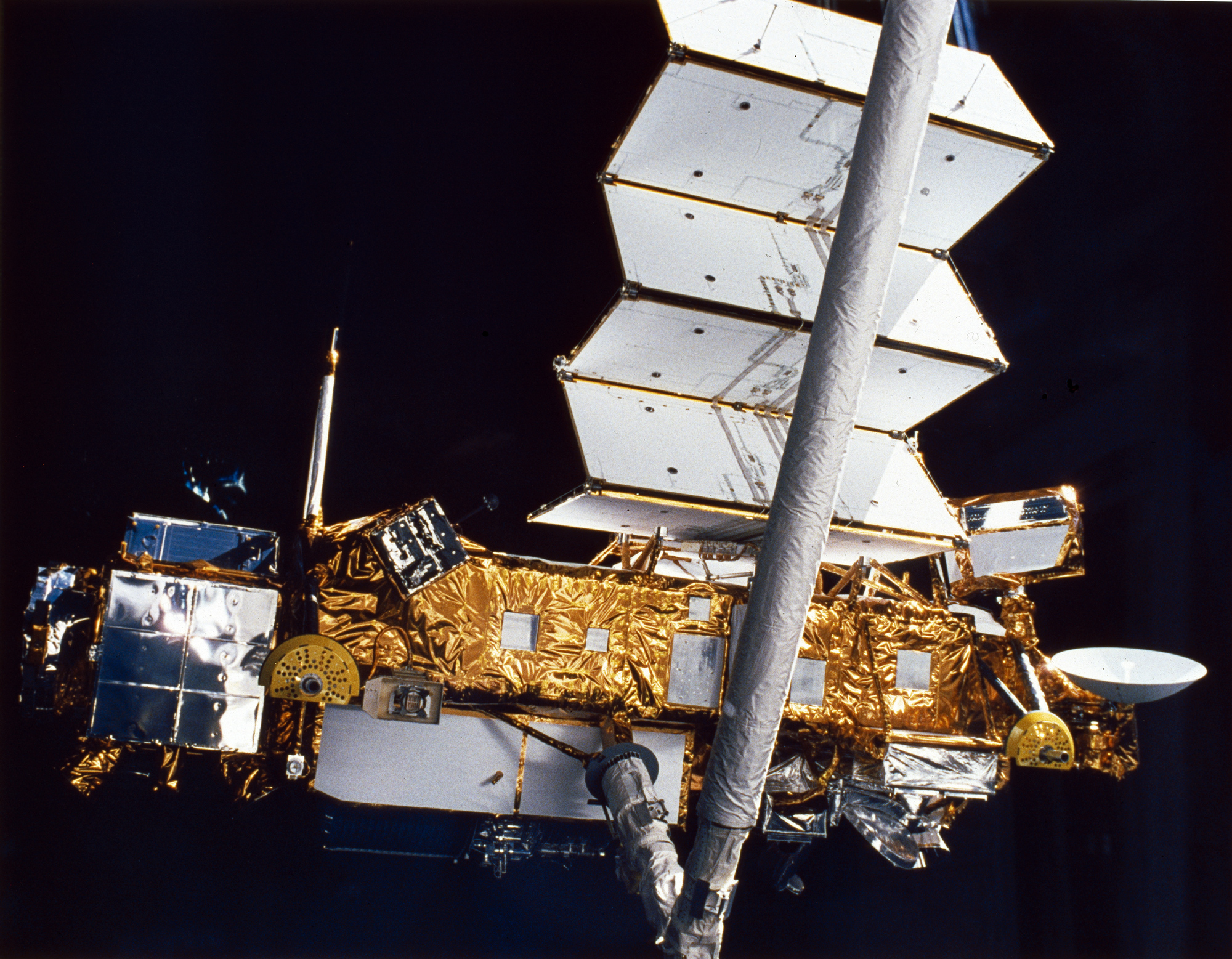How Tumbling Motion Delayed Falling UARS Satellite's Plunge to Earth

This story was updated at 4:23 p.m. ET.
A huge, dead satellite tumbling to Earth is falling slower than expected, and may now plummet down somewhere over the United States tonight or early Saturday, NASA officials now say. The satellite has been slowed down by a change in its orientation.
The spacecraft, called the Upper Atmosphere Research Satellite (UARS), is a school bus-size satellite that has been orbiting Earth for 20 years. It launched in 1991 and completed its mission in 2005. NASA expected the satellite to plunge down to Earth Friday afternoon (Eastern Daylight Time). [Complete coverage of NASA's falling satellite]
But that plan has now changed.
While 75 percent of Earth's atmospheric gasses are within 6.8 miles (11 kilometers) of the planet's surface, air molecules in the atmosphere start to affect satellite re-entry 10 times farther out, at about 75 miles (120 km) above the surface of the Earth. These air molecules drag satellites down, ever so slightly.
The lower a satellite gets, the more drag there is and the harder it is pulled toward the surface. Properly functioning satellites, including the International Space Station, have onboard propellant used to adjust their orbits as needed. In addition, the flux in the sun's output causes Earth's atmosphere to constantly swell and retract, changing the amount of drag satellites experience.
"Solar activity is no longer the major factor in the satellite's rate of descent," NASA officials wrote. "The satellite’s orientation or configuration apparently has changed, and that is now slowing its descent." [Video: Amateur Photographs Doomed, Tumbling Satellite ]
Get the Space.com Newsletter
Breaking space news, the latest updates on rocket launches, skywatching events and more!
As the satellite tumbles around Earth its orientation in space changes, which can produce less or more drag and either delay or speed up its re-entry, experts explain.
"Headwinds slow the satellite down and make it re-enter [the atmosphere], because they produce drag," Johnathan McDowell, an astrophysicist at Harvard University, told SPACE.com.
"The satellite is a funny shape, so if it is belly flopping through the solar wind or if it is doing a nice swan dive, that can change how quickly it falls," McDowell said. The satellite probably settled into a sleeker descent, producing less drag. "That's making it stay up a little longer; it just doesn't want to come down."
The delay in the satellite's falling track could mean that some of the 26 large pieces from the 6-ton satellite will re-enter Earth's atmosphere over the United States. The fall is expected to happen late Friday night or early Saturday morning, though it is too early to predict with much certainty, NASA officials said. [6 Biggest Spacecraft to Fall Uncontrolled From Space]
"There is a low probability any debris that survives re-entry will land in the United States, but the possibility cannot be discounted because of this changing rate of descent," NASA officials wrote.
It is possible that the stresses of the atmosphere will either break off pieces of the satellite or cause it to change orientation again before it re-enters. It's possible that this could additionally delay the descent, since drag on the satellite will again be lowered, McDowell said.
"What tends to happen, when it gets to the denser parts of the atmosphere, is that the parts can break off or the parts can melt," McDowell told SPACE.com. "That will change its drag and the degree to which it will be slowed down."
Unofficial estimates by The Aerospace Corp place the strike sometime between about 6 p.m. and 4 a.m. EDT, according to the Associated Press. During some of those hours, the satellite will be flying over parts of the United States.
McDowell believes the satellite will re-enter a few hours either before or after midnight, and most likely the debris will land in the Indian Ocean.
Editor's note: If you snap a photo or observe the re-entry of NASA's UARS satellite and want to share it with SPACE.com for a story or gallery, contact managing editor Tariq Malik at: tmalik@space.com.
You can follow LiveScience staff writer Jennifer Welsh on Twitter @microbelover. Follow LiveScience for the latest in science news and discoveries on Twitter @livescience and on Facebook.
Join our Space Forums to keep talking space on the latest missions, night sky and more! And if you have a news tip, correction or comment, let us know at: community@space.com.
